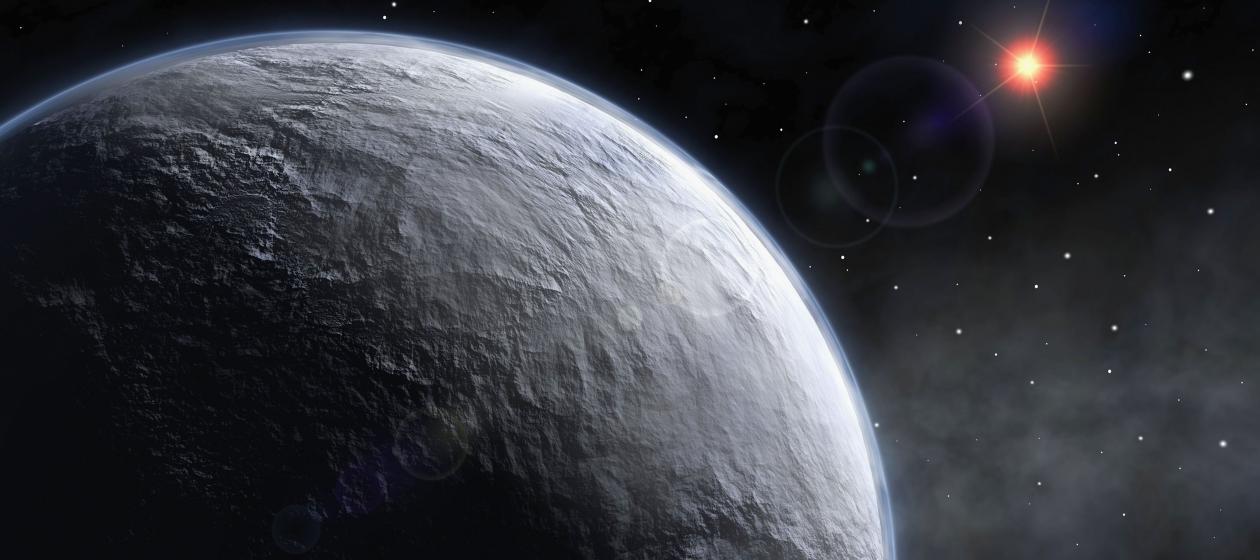While there are several forms of ion propulsion, the version Brophy used on Dawn involves two grids, each about a foot wide and spaced half a millimeter apart. An electrical system powered by a solar array on the spacecraft passes a current through both grids, and the resulting voltage differential between the two is what accelerates the xenon particles as they pass through the grids. Each accelerating particle only provides a tiny amount of thrust — roughly equivalent to the pressure of a piece of paper lying in your hand — but in the airless and frictionless environment of space, a steady stream of that tiny thrust can build up to monumental speeds of about 24,000 miles-per-hour.
What Brophy and his coworkers aimed to do was build a grid and propulsion system that could pull this off, and demonstrate that the setup was durable enough to survive the whole mission. So before both Deep Space 1 and Dawn, they ran versions of the ion system here on Earth continuously for years to demonstrate their lifespan.
Finally, the Dawn mission became possible when Ceres and Vesta reached a once-every-17-years alignment, allowing the mission to visit them both. “That was really a great boon for space exploration to do the two largest asteroids in the asteroid belt with one mission,” Russell explains.
